Java Catch Multiple Exceptions
Java Multi-catch block
A try block can be followed by one or more catch blocks. Each catch block must contain a different exception handler. So, if you have to perform different tasks at the occurrence of different exceptions, use java multi-catch block.
Points to remember
- At a time only one exception occurs and at a time only one catch block is executed.
- All catch blocks must be ordered from most specific to most general, i.e. catch for ArithmeticException must come before catch for Exception.
Flowchart of Multi-catch Block

Example 1
Let’s see a simple example of java multi-catch block.
MultipleCatchBlock1.java
Output:
Arithmetic Exception occurs rest of the code
Example 2
MultipleCatchBlock2.java
Output:
ArrayIndexOutOfBounds Exception occurs rest of the code
In this example, try block contains two exceptions. But at a time only one exception occurs and its corresponding catch block is executed.
MultipleCatchBlock3.java
Output:
Arithmetic Exception occurs rest of the code
Example 4
In this example, we generate NullPointerException, but didn’t provide the corresponding exception type. In such case, the catch block containing the parent exception class Exception will invoked.
MultipleCatchBlock4.java
Output:
Parent Exception occurs rest of the code
Example 5
Let’s see an example, to handle the exception without maintaining the order of exceptions (i.e. from most specific to most general).
MultipleCatchBlock5.java
Output:
Compile-time error
